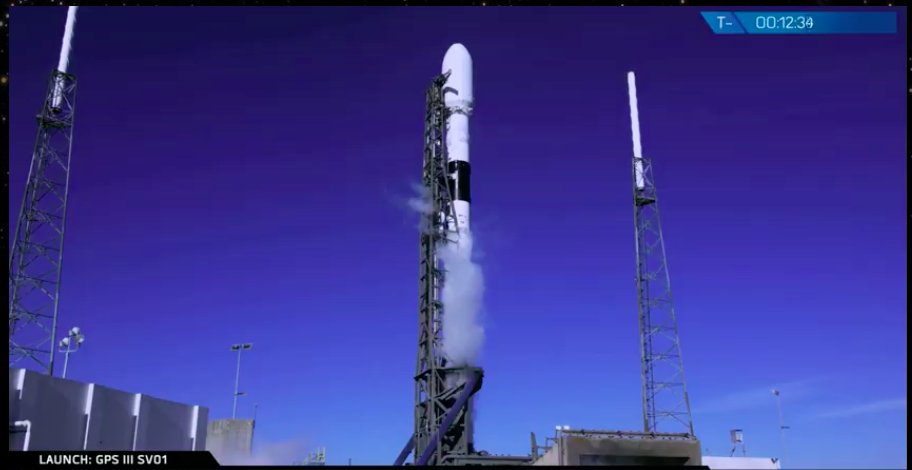
“Earlier today, SpaceX conducted a series of engine tests on a Crew Dragon test vehicle on our test stand at Landing Zone 1 in Cape Canaveral, Florida,” the spokesperson said in a statement to SpaceNews. “The initial tests completed successfully but the final test resulted in an anomaly on the test stand.”
“Ensuring that our systems meet rigorous safety standards and detecting anomalies like this prior to flight are the main reasons why we test,” the spokesperson added. “Our teams are investigating and working closely with our NASA partners.”
“The NASA and SpaceX teams are assessing the anomaly that occurred today during a part of the Dragon Super Draco Static Fire Test at SpaceX Landing Zone 1 in Florida,” NASA Administrator Jim Bridenstine said in a statement posted to Twitter. “This is why we test. We will learn, make the necessary adjustments and safely move forward with our Commercial Crew Program.”
Eyewitnesses on beaches near Cape Canaveral reported seeing a dark cloud mid-afternoon from somewhere in the vicinity of the Air Force facility. The U.S. Air Force 45th Space Wing, which operates Cape Canaveral Air Force Station, confirmed there was an incident during a Crew Dragon test, which resulted in no injuries.
The anomaly apparently took place during testing of the SuperDraco thrusters used as part of the launch abort system for the Crew Dragon spacecraft. Those thrusters use nitrogen tetroxide and hydrazine propellants, a hypergolic combination that ignites on contact. Each SuperDraco thruster is capable of producing about 16,000 pounds-force of thrust.
Posted on April 22, 2019 in General
